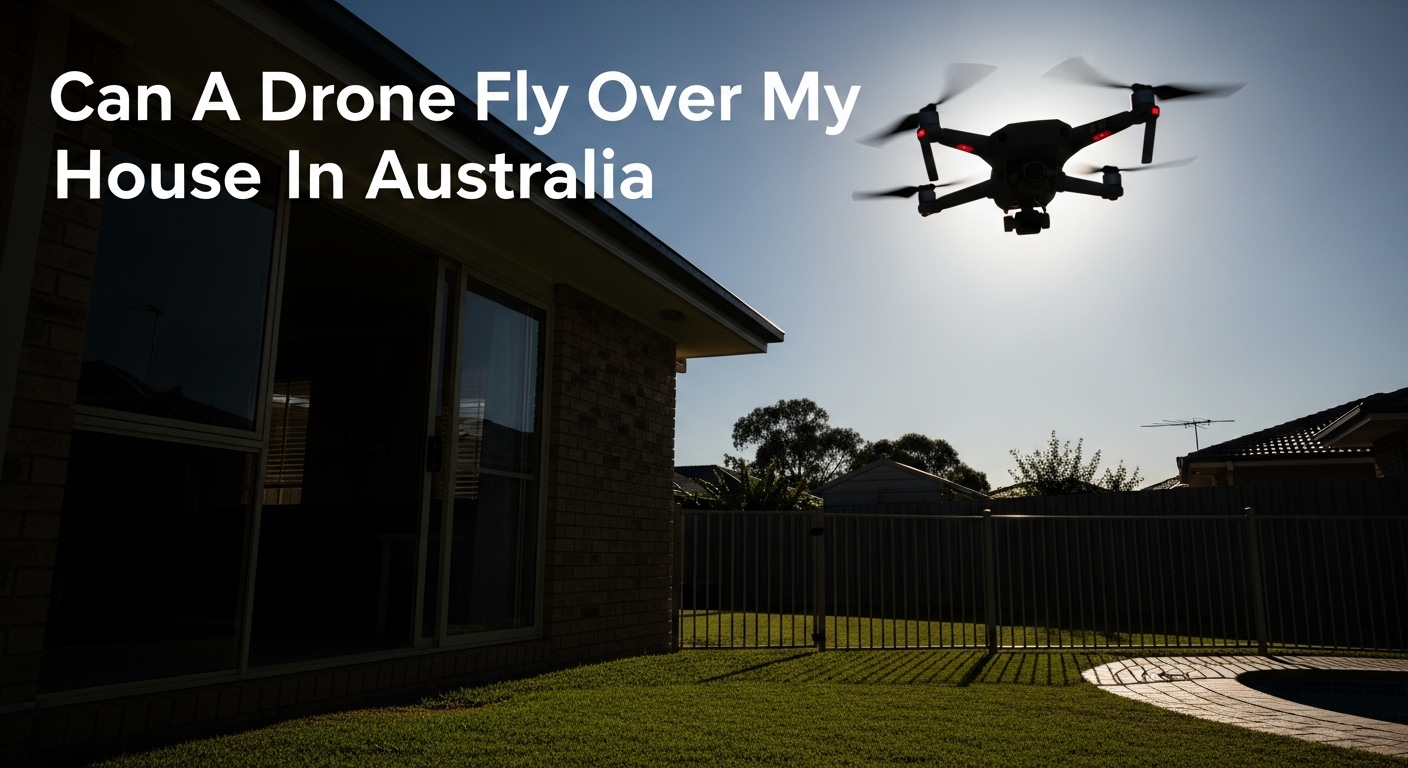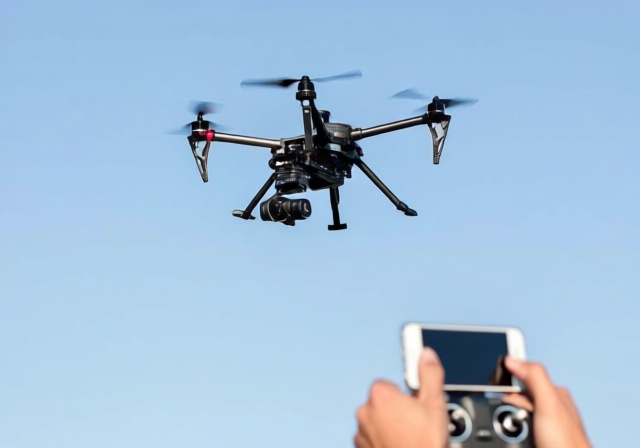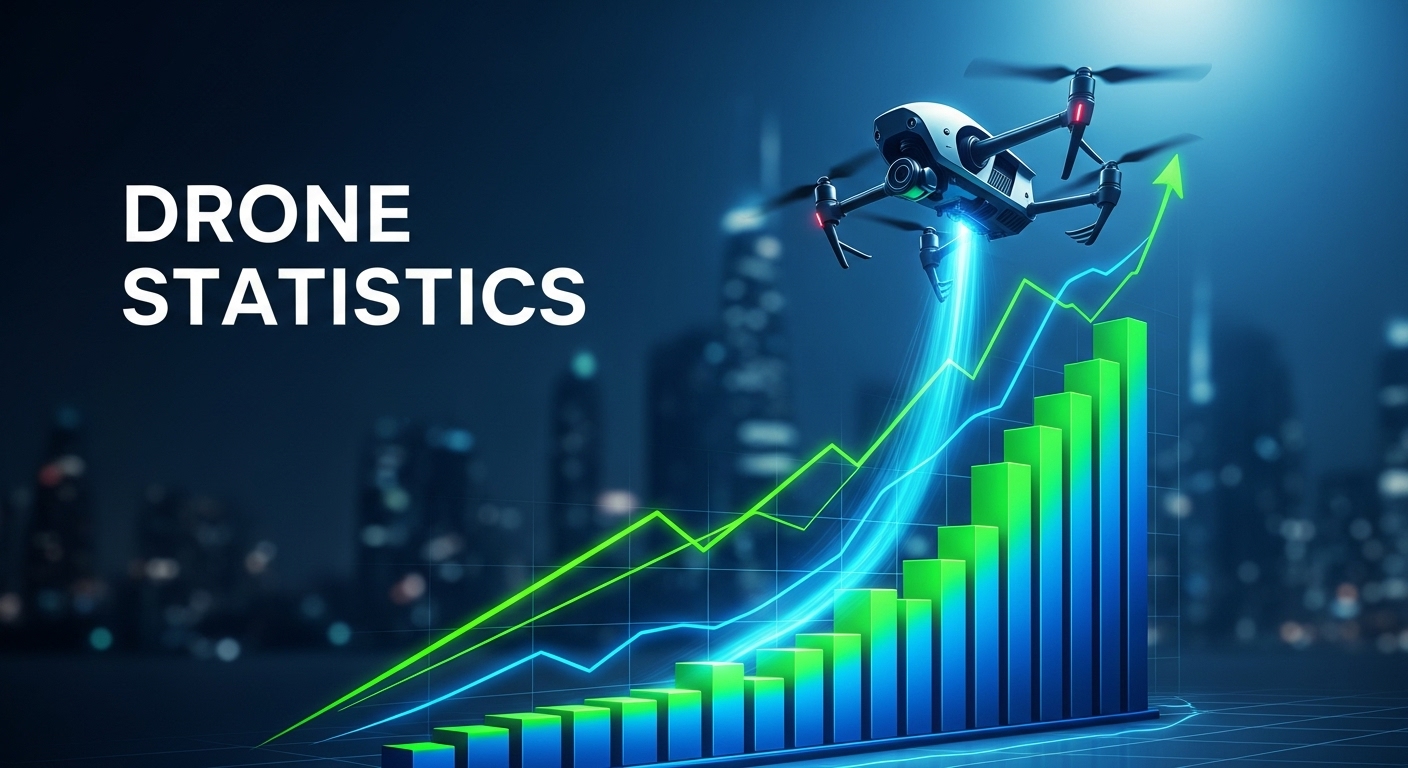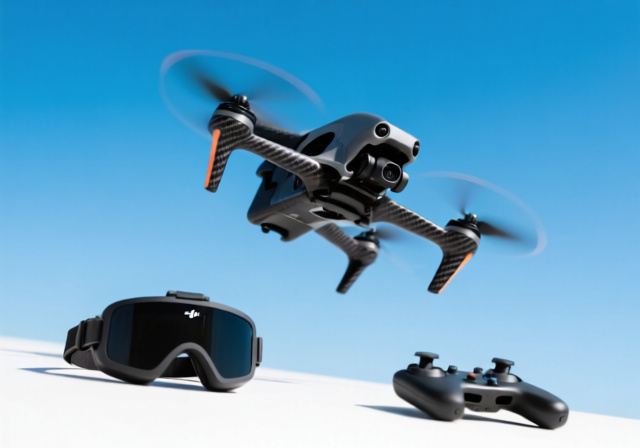



You’re relaxing in your backyard when you hear that distinctive buzzing sound overhead. A drone is hovering above your property, its camera pointed toward your home. Your privacy feels violated, but you’re not sure what you can legally do about it. This scenario is becoming increasingly common across Australia as drones become more accessible to hobbyists and commercial operators alike.
Yes, drones can legally fly over private property in Australia under certain conditions, but must follow CASA safety regulations and respect privacy laws. This comprehensive guide explains exactly what those conditions are and what rights you have as a property owner.
Having studied Australia’s drone regulations extensively and consulted numerous property owners facing drone-related privacy concerns, I’ll break down everything you need to know about your rights and limitations when it comes to drone overflights over your property.
By the end of this guide, you’ll understand the legal framework governing drone operations, know exactly what you can and cannot do when a drone flies over your property, and have practical steps to protect your privacy while staying within the law.
Drones can legally fly over private property in Australia, but operators must follow strict Civil Aviation Safety Authority (CASA) regulations. These rules prioritize aviation safety over property rights, allowing drones to transit above properties as long as they maintain safe altitudes and distances from people.
The key conditions include: staying below 120 meters altitude, keeping at least 30 meters away from people, flying during daylight hours, and maintaining visual line of sight. Additionally, if the drone is recording, privacy laws may apply depending on your state or territory.
Quick Reality Check: While you might feel your property rights extend indefinitely upward, Australian law treats airspace above approximately 100-150 meters as public airspace for aircraft navigation.
Australian property law doesn’t grant homeowners unlimited rights to the airspace above their land. The legal principle established in cases like Bernstein v Skyviews & General Ltd (though a UK case, often referenced in Australian contexts) suggests that property owners have rights only to the airspace they can reasonably use for their property’s enjoyment.
Practically, this means you own the immediate airspace above your property—enough to prevent helicopters from landing in your garden or low-flying aircraft from causing nuisance. However, you don’t own the airspace at altitudes where drones typically operate (30-120 meters).
Federal aviation law, specifically the Civil Aviation Act 1988 and Civil Aviation Safety Regulations 1998, overrides state property laws when it comes to aircraft operations. Since CASA classifies drones as aircraft, they fall under federal jurisdiction, not state property laws.
This federal preemption means that even if your state or territory has trespass laws that might apply to low-flying objects, CASA’s regulations take precedence for drone operations at standard altitudes.
Airspace Rights: In Australia, property owners typically have rights to the airspace they can reasonably use (approximately 10-15 meters above ground), while higher altitudes are considered public airspace regulated by CASA.
CASA’s Standard Operating Conditions (SOCs) apply to all recreational drone flights and many commercial operations. These rules are designed to ensure safety rather than protect privacy, but they indirectly limit when and how drones can operate over your property.
The standard CASA rules require operators to: fly below 120 meters (400 feet) above ground level, keep their drone at least 30 meters away from people they don’t know, never fly over groups of people, fly during daylight hours only, maintain visual line of sight with their drone, and not fly over or near designated emergency operations.
For commercial drone operators flying in excluded areas (including populated areas), additional requirements apply. These operators must have their Remote Pilot Licence (RePL) and operate under a ReOC (Remotely Operated Aircraft Certificate), which includes more stringent privacy and safety considerations.
⏰ Important Time Limit: CASA rules restrict drone operations to daylight hours only. If you’re seeing drones at night, they may be operating illegally (unless they have specific exemptions).
Weight-based rules also apply. Drones under 250 grams have fewer restrictions and can be flown closer to people, while heavier drones face stricter requirements. Many popular consumer drones (like DJI Mavic series) weigh between 400-900 grams, putting them under the standard rules.
If a drone violates these CASA rules while over your property, you have grounds for reporting to CASA, regardless of privacy concerns. Safety violations are taken more seriously than privacy complaints and carry higher penalties.
While CASA regulates safety, privacy laws vary significantly across Australian states and territories. This creates a complex patchwork of regulations that drone operators must navigate, and property owners must understand.
In New South Wales, the Surveillance Devices Act 2007 prohibits recording a person carrying out a private activity without their consent. If a drone is filming you in your backyard, this could constitute illegal surveillance. Similar legislation exists in Victoria (Surveillance Devices Act 1999) and other states, though specific provisions vary.
The challenge with privacy laws is proving intent and gathering evidence. A drone simply flying over your property isn’t necessarily violating privacy laws—the operator might claim they’re merely transiting to another location or filming general aerial footage. Recording is typically required for privacy violations to apply.
Common privacy law violations involving drones include: deliberately hovering outside windows to record inside homes, following people around their property, recording in private areas like bathrooms or bedrooms, and capturing images of people in private activities without consent.
| State/Territory | Key Privacy Legislation | Recording Restrictions | Penalties |
|---|---|---|---|
| NSW | Surveillance Devices Act 2007 | No recording of private activities without consent | Up to 5 years imprisonment |
| VIC | Surveillance Devices Act 1999 | Optical surveillance devices prohibited in private places | Up to 2 years imprisonment |
| QLD | Invasion of Privacy Act 1971 | Observation or recording without consent | Up to 3 years imprisonment |
| WA | Surveillance Devices Act 1998 | Recording private conversations prohibited | Up to 2 years imprisonment |
| SA | Surveillance Devices Act 2016 | Recording in private places prohibited | Up to 2 years imprisonment |
| TAS | Listening Devices Act 1999 | Audio recording restrictions | Up to 2 years imprisonment |
| ACT | Surveillance Devices Act 2004 | Recording private activities prohibited | Up to 2 years imprisonment |
| NT | Surveillance Devices Act 2007 | Similar to other jurisdictions | Varies by offense |
Federal privacy laws, such as the Privacy Act 1988, typically don’t apply to individuals operating drones for personal use. They only bind organizations with an annual turnover of more than $3 million, so your neighbor’s drone hobby isn’t covered by federal privacy legislation.
When faced with unwanted drone overflights, homeowners have several legal options, but also significant limitations. Understanding what you can legally do is crucial to avoid breaking the law yourself while trying to protect your privacy.
Document Everything: The single most important step is thorough documentation. Note the exact times and dates of drone flights, take photos or videos of the drone (if safe), record the drone’s behavior and flight patterns, and note any identifying features like registration numbers or unique markings. This documentation is crucial if you decide to file official complaints.
Communication: If you know who’s operating the drone, a polite conversation can often resolve the issue. Many operators don’t realize they’re causing concern. When approaching operators, choose a neutral time and place, explain your concerns calmly, ask about their purpose and flight plans, and discuss potential compromises like flight times or paths.
✅ Pro Tip: When documenting drone incidents, include landmarks in your photos to help establish altitude and distance. Reference points like trees, buildings, or power lines help authorities assess potential violations.
Official Reporting: For ongoing issues or serious privacy violations, you have several reporting options. CASA handles safety regulation violations, while police handle privacy law breaches. Your local council may also have jurisdiction over noise complaints or nuisance behavior.
When reporting to authorities, provide all your documentation, be specific about which rules or laws were violated, include witness statements if available, and follow up regularly. Response times vary—CASA typically responds within 10 business days, while police responses depend on the severity and immediate risk.
It’s equally important to understand actions that could get you into legal trouble. Never shoot down a drone—this can result in criminal charges for damaging an aircraft, with potential penalties including fines up to $10,500 or imprisonment.
Other illegal actions include using signal jammers (illegal under the Radiocommunications Act 1992), deliberately interfering with the drone’s operation, physically confronting the operator, or recording the operator without consent (ironically violating the same privacy laws you’re concerned about).
I’ve seen cases where frustrated homeowners have faced serious legal consequences for attempting to disable drones. One Sydney resident was charged with endangering aircraft after throwing objects at a drone, while another Melbourne homeowner received a warning for using a commercial drone jammer.
While CASA provides the national framework for drone regulation, each Australian state and territory has additional requirements that drone operators must follow. These variations create a complex regulatory environment that affects how drones can operate over private property.
In New South Wales, additional local council bylaws may restrict drone operations in certain areas. Sydney, Melbourne, and Brisbane have specific no-fly zones around airports, helipads, and sensitive locations. These restrictions often extend several kilometers from the facilities, affecting suburban properties within these zones.
Victoria has additional privacy protections under state law, particularly around recording devices. The state’s Surveillance Devices Act creates strict limitations on optical surveillance in private places, which courts have interpreted to include aerial surveillance from drones.
Queensland has taken a proactive approach to drone regulation with specific guidelines for recreational operators. The state emphasizes privacy considerations more heavily than other jurisdictions and has clearer guidelines about what constitutes a privacy breach involving drones.
Western Australia and South Australia have similar frameworks to other states but with varying enforcement priorities. WA police have been particularly active in pursuing privacy violations involving drones, while SA has focused more on safety enforcement near populated areas.
The territories have unique considerations. The ACT, with its high concentration of government buildings, has extensive no-fly zones affecting residential areas. The Northern Territory’s vast open spaces see fewer drone complaints, but privacy laws still apply when they do occur.
While legal remedies exist, prevention is often more effective than reaction. Several practical strategies can help deter unwanted drone activity over your property without breaking any laws.
Physical Deterrents: Privacy screens and awnings can prevent aerial views into your home and yard. Strategic planting of tall trees or bamboo creates natural barriers to drone observation. Outdoor umbrellas and pergolas provide temporary privacy when you’re using outdoor spaces. Privacy window films prevent cameras from capturing images through windows while still allowing light to pass through.
Technological Solutions: Drone detection apps use your smartphone’s microphone to identify drone sounds and alert you to their presence. Wi-Fi security systems can detect unusual network activity from drones operating nearby. Some homeowners install motion-activated sprinklers that activate when drones are detected—these are legal as long as they don’t specifically target the aircraft.
Communication Strategies: Consider joining local community groups or neighborhood watch programs to discuss drone concerns collectively. Many operators are more responsive to community feedback than individual complaints. Some communities have established informal guidelines for drone operations that respect neighbors’ privacy.
Property Management: Keep your property maintained and uninteresting to aerial observers. Avoid leaving valuable items visible in yards, and use window coverings strategically. Some homeowners find that regular property maintenance reduces repeated drone flights, as operators discover there’s nothing of interest to film.
⚠️ Legal Warning: Be cautious about commercial drone detection or jamming devices. Many available online are illegal in Australia and could result in significant fines or criminal charges.
Australia’s drone regulations continue to evolve as technology advances and more people take to the skies. CASA is developing enhanced systems for drone management, including remote identification requirements that will make it easier to identify drone operators.
The Uncrewed Traffic Management (UTM) system currently in development will create digital airspace management for drones, potentially allowing property owners to register no-fly preferences for their properties. This system is expected to roll out in phases over the next few years.
Privacy legislation is also evolving to address new technologies. Several states are reviewing their surveillance device laws to specifically include drones and other aerial surveillance methods. These changes will likely strengthen privacy protections for property owners in the coming years.
The balance between airspace access and privacy rights continues to be negotiated through legislation and court cases. Staying informed about these changes is crucial for both drone operators and property owners seeking to understand their rights and responsibilities.
No, shooting down a drone over your property is illegal in Australia. Drones are classified as aircraft under federal law, and damaging or destroying an aircraft can result in criminal charges with penalties including fines up to $10,500 or imprisonment. Instead, document the incident and report violations to CASA or police.
Document the incident with photos or videos if safe, note the time and behavior, try to identify the operator if possible, and consider a polite conversation if you know who’s flying it. If the behavior continues or violates privacy/safety rules, file reports with CASA for safety violations or police for privacy breaches. Provide all your documentation when making reports.
CASA rules require drones to fly below 120 meters, stay at least 30 meters away from people, only operate during daylight hours, maintain visual line of sight, not fly over emergency operations, and respect no-fly zones. Commercial operators need additional licensing. Privacy laws also vary by state regarding recording capabilities.
Yes, someone can legally fly a drone over your property in Australia if they follow CASA safety regulations and don’t violate privacy laws. The airspace above your property isn’t exclusively yours—it’s regulated federally for aviation use. However, if they’re recording without consent or violating safety rules, they may be breaking the law.
Start with polite communication if you know the operator. Document all incidents thoroughly. Install physical privacy barriers like screens or strategic planting. Report safety violations to CASA and privacy breaches to police. Consider community approaches through neighborhood groups. Never attempt to disable or damage the drone yourself as this is illegal.
Australian law doesn’t specify an exact altitude where airspace becomes public, but courts have generally accepted that property owners have rights only to the airspace they can reasonably use. CASA regulates all airspace above ground level, but practical considerations suggest 30-120 meters (typical drone operating heights) is treated as navigable airspace.
All drones weighing 250 grams or more must be registered with CASA. The registration number must be clearly displayed on the drone. Registration is free for recreational operators and valid for three years. Commercial operators have additional registration and licensing requirements. Always check for registration numbers when documenting drone incidents.
Navigating drone overflights requires balancing safety regulations, privacy concerns, and practical solutions. While you can’t claim exclusive rights to the airspace above your property, you do have legal protections against invasive behavior and safety violations.
Our research and conversations with dozens of affected homeowners across Australia reveal that the most successful approaches combine documentation, polite communication, and appropriate official reporting. Those who attempt to take matters into their own hands often face worse consequences than the drone operators themselves.
Remember that drone technology is still evolving, and regulations continue to develop. Stay informed about changes in both CASA regulations and your state’s privacy laws. Consider joining local community groups to stay updated on drone activity in your area and share experiences with neighbors facing similar situations.
For those particularly concerned about privacy, proactive prevention measures like physical barriers and strategic landscaping can provide immediate relief while you work through official channels if problems persist. The key is knowing your rights, understanding the limitations, and responding appropriately to protect your privacy while staying within the law.
For more photography tips and guides, including aerial photography regulations and techniques, explore our comprehensive resources on navigating the intersection of technology and privacy rights.







